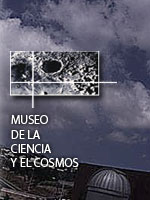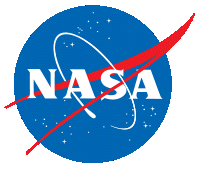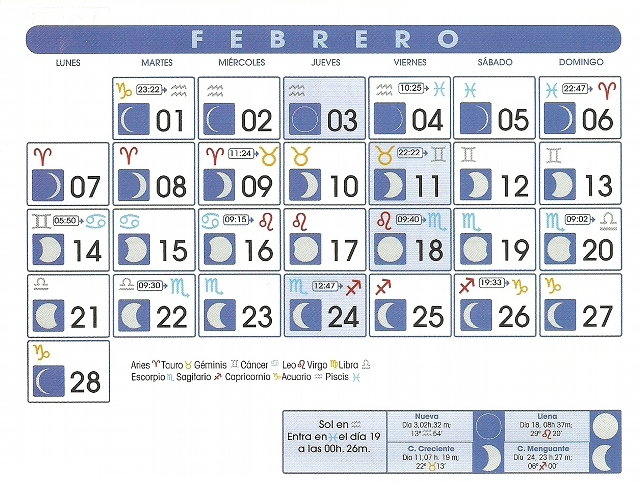The Sky This Month - April 2010
Moon
Last Quarter: April 6, 9:37 UT
New Moon: April 14, 12:29 UT
First Quarter: April 21, 18:20 UT
Full Moon: April 28, 12:18 UT
Look for the slender crescent moon on April 15-16 as it hangs just a couple degrees away from Mercury and Venus in the western sky just after sunset.
Planets
• Mercury reaches its greatest elongation from the sun on April 8 and puts on its best show this year. The first two weeks of April are the best time to see this swift little world as it lies more than 10 degrees above the horizon and shines as bright as magnitude -0.9. Many stargazers have never seen Mercury. Even the great Nicholas Copernicus never laid eyes on this planet.
Look for Mercury west-northwest about 1/2 hour after sunset. Binoculars give you an expansive view of the region, which includes Venus 3-5 degrees away and the Pleiades about 7-8 degrees higher. When the sun is safely set, aim your telescope at Mercury. You won’t see any surface detail, but you will see a partially-lit tiny disk just 8″ across. The planet fades in brightness by nearly 80% by month’s end as it sinks back towards the sun. Venus and Mercury at sunset in the western sky, as they will appear on April 8, 2010
• Venus points the way to Mercury. It blazes at close to magnitude -4 and lies just a few degrees above Mercury in the western sky after sunset. It makes its closest to Mercury on April 4. And at mid-month, a slender crescent moon joins Venus, making an ideal spectacle for an easy astrophoto.
• Mars lingers in the constellation Cancer. At an average magnitude of +0.5, it’s still respectably bright. But since December, Earth has sped away from Mars and the planet reveals scant detail in all but the largest backyard telescopes.
• Jupiter rises about an hour before the sun in the southeastern sky. Not much to see this month. It’s best left for summer observing this year.
• Saturn. Just a reminder the planet is up all night this month and ideally-positioned for viewing. It rises in the east just before sunset, but wait until 9-10 p.m. for the best view. Here’s an image of where to find it.
• Uranus is lost in the sun this month. Neptune is also just emerging from morning twilight. Both are better observed in the summer.
Celestial Events
• As mentioned above, the crescent moon on April 15-16 meets up with Mercury and Venus in the western sky just after sunset.
• From April 14-20, the fading but still bright planet Mars lies just 2 degrees from the Beehive Cluster (M44). A lovely sight in binoculars
• The Lyrid meteor shower peaks after midnight on April 22. This shower, with a radiant near the bright star Vega, is not usually impressive. But there have been exceptions. This year, the first-quarter moon will set in time to reveal more meteors, which are more plentiful after midnight.






.gif)


.gif)



